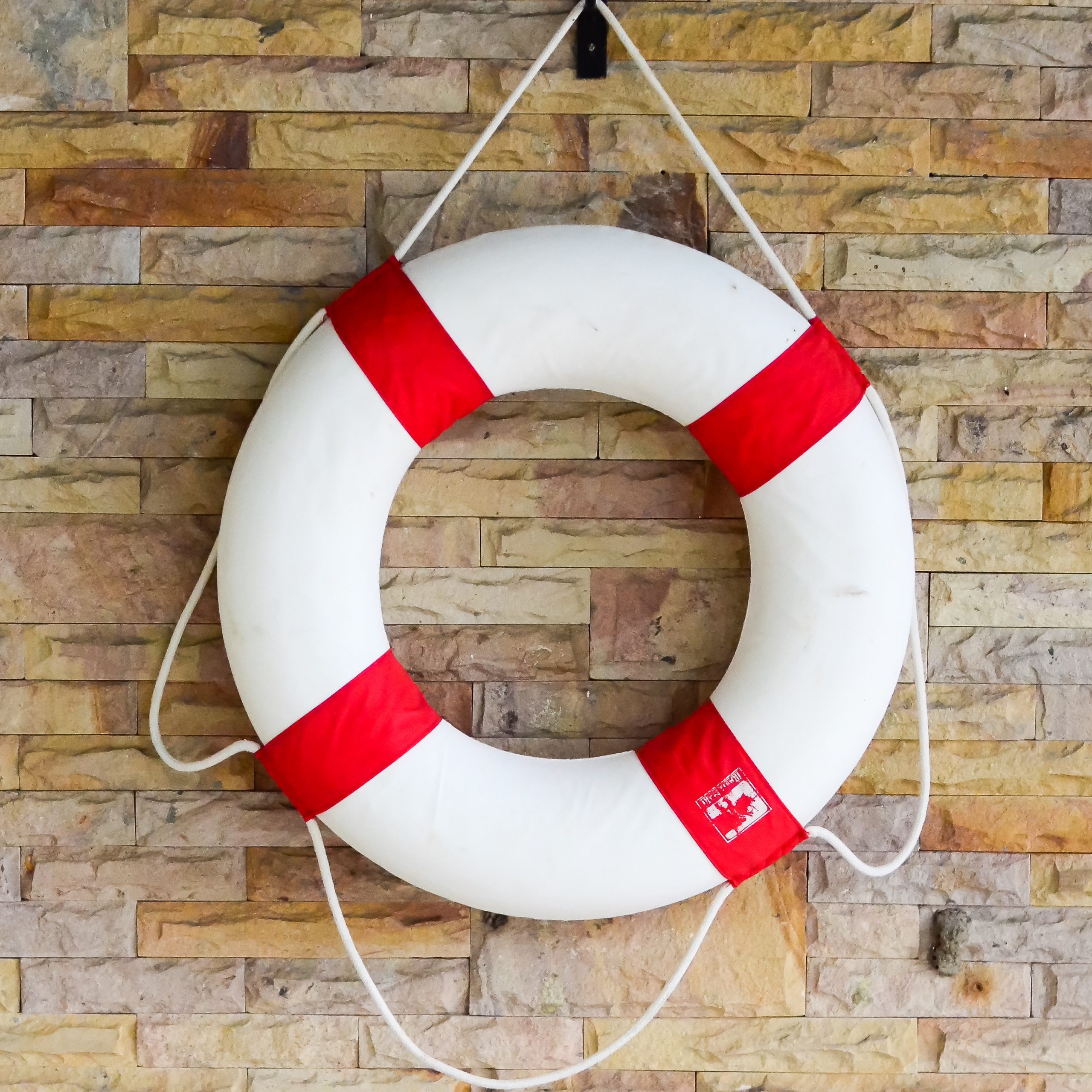Employees today are drowning in workplace stress. Where's the lifeguard? Stress. It's all around us. From the moment we wake up to laying down again to sleep, stress bombards us all day long. With regards to the workplace, it's endless. There are worries about job security, interpersonal relationships, tight deadlines and communication problems - to name but just a few!
Employees today are literally drowning in stress - the statistics are shocking. According to The American Institute of Stress, 40% of employees state they have been very or extremely stressed at work and 25% admit to their jobs being the number one source of stress in their lives. Furthermore, having a heavy workload is the main cause of stress as claimed by 46%, while more than 35% of workers have had some physical or emotional health issues because of stress.1
Wreaking havoc on health, wellbeing and performance
Stress is the ultimate disruptor. It wreaks havoc on performance, productivity, and employee engagement. It can lead to health-related problems such as sleeplessness and higher blood pressure. Experiencing personal problems or psychological issues such as anger, anxiety and depression? That'd be stress having a heyday.
Stress doesn't just affect the body and mind, it also costs organisations billions in financial terms. According to research by Eastern Kentucky University, around $300 billion is spent by organisations on health care and for missed days of work due to workplace stress.2
While it's clear that stress is unavoidable, it's also true that an optimal amount of stress is helpful to be motivated and efficient at work. Then there's the fact that everyone reacts differently to it. Situations that are no big deal to one person, can raise another's stress levels.
Forget one-off solutions, employees and businesses thrive with stress resilience training
Managing and responding to stress is just like any other on-the-job skill, it needs to be taught and developed. One-off stress management programmes (the typical lifesaver used to date) no longer do the trick. The most competent lifeguards in the workplace today include savvy CEOs and HR managers that recognise the importance of including stress as a ever-present topic in their health and wellbeing strategy.
Employees who manage their stress efficiently contribute more effectively to the business. Organisations that empower staff to build their stress resilience and capacity levels send a clear message that it's a priority for the company. The business continues to thrive as does the individual, both personally and professionally.
Programmes with a comprehensive and preventative approach are the most sought after. Wellbeing solutions that include personalised aspects, such as considering employees' lifestyle habits (how they move, eat and sleep) and their effects on stress and capacity are also rising in popularity.
Prevention is better than cure
By proactively keeping stress at bay and making healthy habits an everyday priority, organisations can prevent employee burnout without sacrificing motivation and productivity. The mantra "prevention is better than cure" needs to be top of mind. For a company lifeguard, it's much easier to continuously to keep a watchful eye over happy, healthy workers than having to throw in an emergency lifebuoy.
- 1. Workplace stress (The American Institute of Stress, 2018)
- 2. Here's why workplace stress is costing employers $300 billion a year (Jacquelyn Smith, business insider, 2016)
